
General Principles of Treatment of DED
Episodes in this series

Marguerite McDonald, MD: Tracy, outline for us the general principles of treatment, and do you do a stepwise, ladder-type approach based on severity?
Tracy Swartz, OD, MS, FAAO: I look at the clinical signs, but I take a little bit more into account the patient’s symptoms, because when I choose my treatment, a lot of times I’m trying to address what their primary symptom is. But having said that, whenever people ask me about how I decide what to do, I basically refer to the 2 algorithms, the DEWS II and the CEDARS treatment. The DEWS II looks at the subtyping and then the disease severity. You figure out which type of dry eye disease the patient might suffer more from, and you look at the severity, and then you determine what to start with.
Mild eye disease is going to start with patient education, supplemental omega-3 fatty acids, maybe over-the-counter lubricants, lid treatments like a hot compress or a mask at home. Moderate is going to step it up to a prescription topical immunomodulator, maybe targeted lid treatments like hypochlorous acid or tea tree oil; in-office treatments like the LipiFlow, the BlephEx, or the intense pulsed light; punctal occlusion once you have resolved the inflammation; and then prescription medications like the doxycycline. I’m also a pretty frequent doxycycline user because it’s a little bit less expensive. But I do love topical azithromycin. I have found that to be invaluable when you combine topical azithromycin with compresses. The patient does the hot compress, and then follows it immediately with the topical azithromycin rubbed into the eye lids. I actually had one of my favorite Medicare patients who was flat broke, and he figured that out for me, and I’ve been using it ever since. I always share that with my patients, that one of my favorite patients with dry eye figured this out for me.
The more severe disease, we might look at autologous serum, oral secretagogues like cevimeline, especially if the patients are talking about having a dry eye in addition to having dry eyes, and use of contact lenses like scleral lens. I don’t actually do scleral fitting, and I don’t have a LipiFlow, but I live in kind of a small town, it has a small-town feel. So I have a doctor who has LipiFlow, and I have several doctors who do my scleral lens fittings for me, and we share patients all the time. That’s worked out really well because I don’t have a strictly dry eye practice. I do a ton of glaucoma and I have a lot of general ophthalmology, general optometry care. I don’t do glasses or contact lenses. I don’t have the capital, so I love sharing with my area colleagues. I have found that to be beneficial for the patients as well as myself because we get to talk. So even during COVID-19 [coronavirus disease 2019], I’m still talking, which is important.
Marguerite McDonald, MD: That is so wonderful that you have that relationship with your colleagues. That’s terrific.
Newsletter
Want more insights like this? Subscribe to Optometry Times and get clinical pearls and practice tips delivered straight to your inbox.





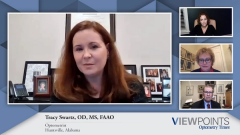
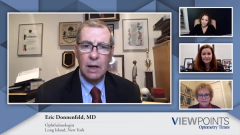
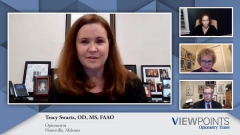
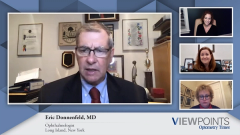
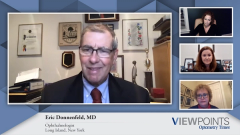
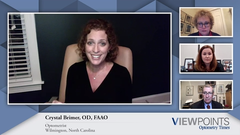

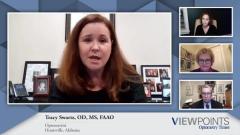
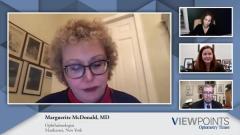
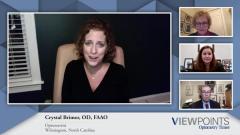
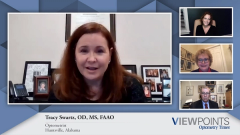
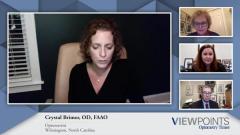
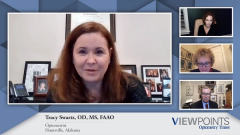















































.png)


